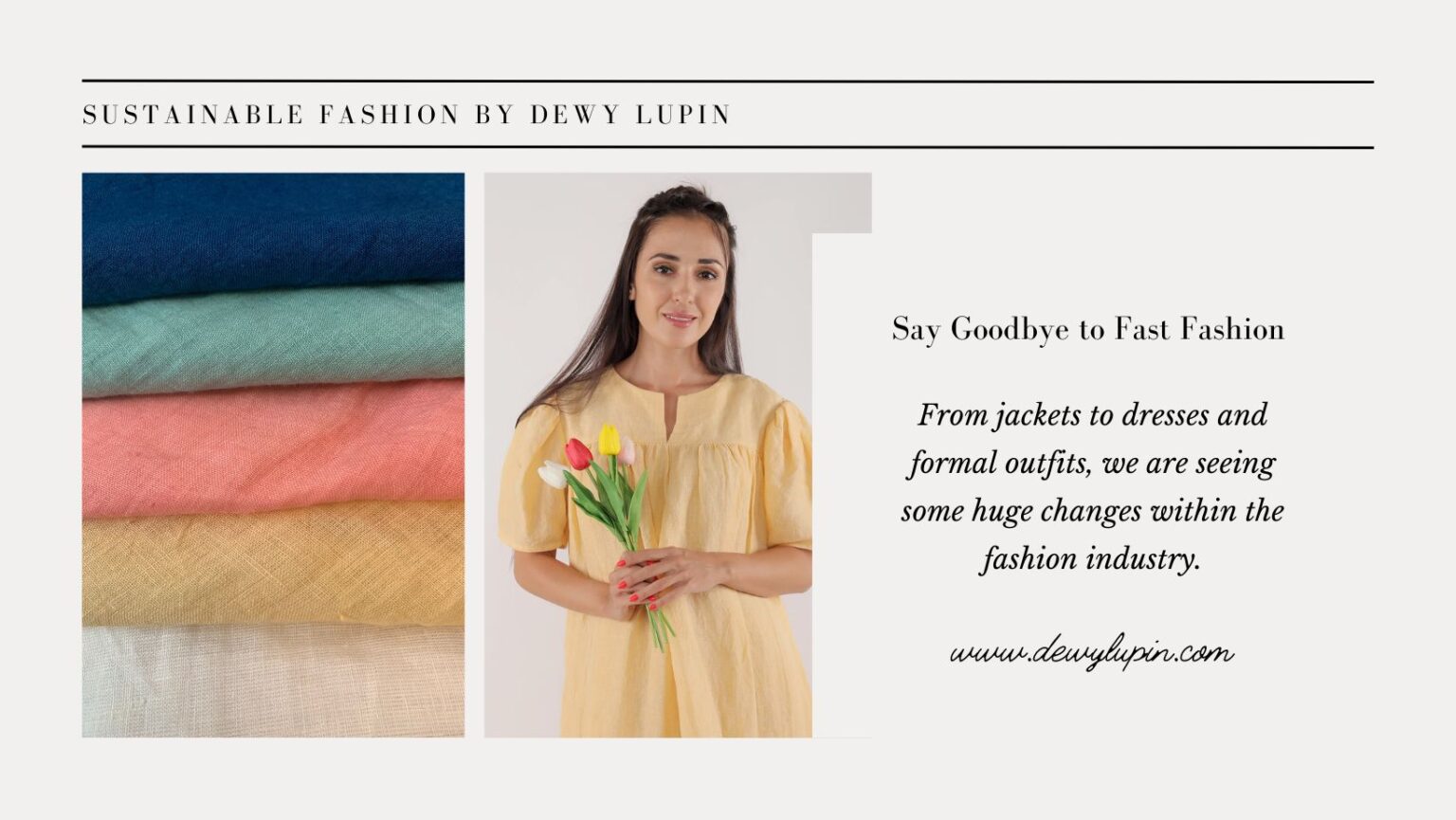Sustainable fashion is a new way of thinking about fashion. Sustainable fashion brands create fashion in a way which is most considerate of humanity and the environment, reducing the environmental impact wherever possible. The ultimate goal is to have a system which works without leaving a negative footprint.

- Sustainability is an important part of the fashion industry, which saves natural resources.
Sustainability is a key factor in understanding the environmental impact of fashion production. A study from 2015 shows that 97 percent of what goes into making clothes are new resources, with only 3 percent of it being recycled materials. This adds up to an annual resource input of 98 million tons—including oil to produce synthetic fibres and fertilisers to grow cotton—but with each ton of ECONYL® woven raw material used for our swimwear, 70,000 barrels of oil are saved compared with the production of virgin nylon.

2. Sustainable fashion is a direct and effective way to reduce your carbon footprint.
The fashion industry produces a large amount of greenhouse gases, thus contributing to global warming. One of the reasons is that most clothing is made from petroleum-based materials, including polyester, acrylic and nylon. These materials require significantly more energy in the production phase than natural or recycled fibers. Sustainable brands on the other hand often use materials from natural or recycled fabrics that require significantly less to no chemical treatment, little water, less energy and no fertilizers or pesticides to grow. Most organic fabrics such as linen, hemp, organic cotton and TENCEL™ (made from sustainable wood pulp) are even biodegradable. These environmentally-sound fabrics go easy on the planet and are amazing sustainable alternatives.

3. Sustainable fashion can reduce the amount of animal lives lost to the fashion industry.
The fashion industry has a long history of killing for clothing. A common misconception is that leather is a by-product of the meat industry, but this is not always the case. It’s estimated that the leather industry alone kills over 430 million animals per year. PETA has a plethora of articles on this topic, including one about sustainable fashion brands that have begun to increasingly embrace cruelty-free alternatives, such as bags made from recycled seatbelts, plant-based compostable sneakers, silk created from yeast and bio-fabricated vegan wool. But one of the most demanded leather alternatives these days comes from pineapples; pineapple leaves are used in their manufacturing process.

4. Sustainable fashion involves less water
Water is a vital resource for the fashion industry. It takes an incredible amount of 2,700 liters of water to produce a single T-shirt and an additional 1,000 liters for dyeing and finishing. Cotton in particular is highly dependent on water, but it is usually grown in hot and dry areas where water is a scarce resource already. Organic cotton reduces water consumption by 91% as opposed to conventional cotton; however, only 1% of global cotton production to date is organic. This is mainly due to the much higher cost of non-GMO seeds—which often require additional investments into materials & machinery—which farmers only use for their organically grown crop. A sustainable fabric that requires little to no water during the production phase includes linen, hemp, REFIBRA™ & recycled fibers like recycled cotton
5. Sustainable fashion supports fairer and safer working conditions for all.
Modern-day slavery exists in the garment industry. Low minimum wages and long work hours, as well as unsafe working conditions and a prohibition of unions, are typical for workers in this sector. In addition, verbal and physical abuse are common practices in many parts of the industry. Eco-ethical brands strive to provide humane working conditions, health care and fair wages for their employees—who are typically paid above average wages—in order to end poverty. All of us want to feel great about our clothes; it should be possible to do so without feeling good knowing that they were made under conditions that would be unacceptable to most people today. The well-being of people involved is just as valuable as the environment and animals; don’t you think?
6. Sustainably made fashion is more sustainable for people and the planet.
Fast fashion items often undergo a long and intense chemical process before ending up on our hangers. Around 8,000 different synthetic chemicals are used in the process to dye, bleach and wet-process garments. These chemicals cause diseases or even deaths among farmers and inflict serious birth defects on their children. Some of these chemicals pose a real danger to our health as well—as our skin absorbs anything we put on it, including the chemicals in our clothes. Make sure to always wash new clothes before putting them on for the first time and check for garments with chemical content certification label such as OEKO-TEX®, GOTS, or BLUESIGN®
7. Be the change you wish to see in the world.
We are committed to providing people a sustainable future, through up-cycling and organic materials. It is important for us to protect the environment because we live on a planet that is home to thousands of living species, from microscopic phytoplankton to giant sperm whales. Many take this concept for granted. Ozone depletion, deforestation, and water pollution are happening right now, due to our habits and practices. Doing your part in making the planet greener and healthier will encourage people to do the same. Protecting the environment isn’t just an obligation – it’s a moral obligation.



